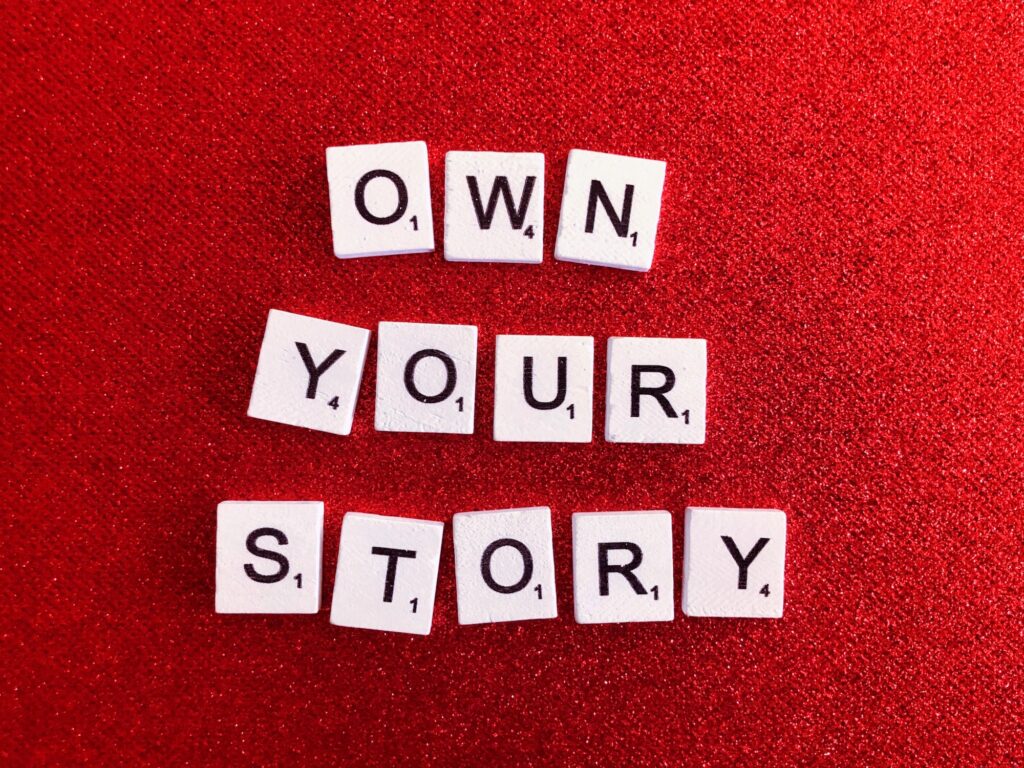In a world filled with an overwhelming amount of content, how can you make yours stand out? The answer may lie in something as traditional as storytelling. By understanding the principles of how to craft a story, you can give your writing more depth and meaning – making it more effective at engaging your readers.
The power of storytelling in content writing
Storytelling is one of the most powerful tools for content writers to leverage. Not only does it help to draw readers in and keep them engaged, but it also serves as an opportunity for writers to express their creativity and provide a wider window into their bodies of work. Creative writing isn’t just about the fanciful tales you tell but also allows readers to experience different places and characters through your own unique style. Whether it’s recorded, read aloud, or written on the page, storytelling can be used in various ways that cover multiple topics and genres; plus, it helps build trust between writers and their audiences. All in all, storytelling is a vital component of successful content creation that should not be overlooked – when done right by talented writers, the results tend to be unforgettable!
How to use storytelling to engage your audience
Telling stories is a great way to engage with your audience and make your event or presentation more memorable. An engaging story is one that can pull people into the narrative, evoke emotions, and offer lessons learned along the way. To make a good story even more impactful, think about its relevance to your target audience, ensure any funny moments have an obvious intent and find ways to integrate key facts or messages in an entertaining context. When it comes down to it, leveraging storytelling as part of your communication style can create an experience for listeners that is both meaningful and enjoyable!
Storytelling can be incorporated into a variety of different types of content, including blog posts, social media, video content, emails, and landing pages.
For blog posts, you can tell a story related to your topic that helps illustrate your point and engage your audience.
In social media, you can share personal stories and experiences that are relevant to your brand or industry.
In video content, you can use storytelling to create an emotional connection with your audience and keep them engaged throughout the video.
Emails can also be used to tell a story, whether it’s a personal story about yourself or a story related to your brand or industry.
Landing pages can be used to tell a story about your product or service and why it’s different from your competitors.
The benefits of using storytelling in content writing
Content writing can be a powerful tool for communication when harnessed correctly. One effective way of doing so is by utilizing the power of storytelling. By placing readers into the storyline and taking them along on the journey, content writers have better chances at creating an emotional bond that allows their message to really sink in. This approach not only makes for more engaging content but also ensures that readers will be more likely to remember the facts and details provided throughout it. Additionally, storytelling adds personality and warmth to a page, making it seem more personable. Content writing rooted in storytelling helps brands tap into potential customer’s interests by treating them not just as visitors or customers but as protagonists in their own story with their brand as part of their adventure.
The difference between good and bad storytelling
Stories have immense power. Stories can transport us to another world, whether they’re read on a page, spoken aloud around a campfire late at night, or seen on the silver screen. That’s why it’s so important to understand the critical differences between good and bad storytelling – between stories that captivate and keep us hooked and those that don’t work at all. The goal of any storyteller should be to provide an entertaining journey through the tale so that the reader feels connected and invested in the plot by its resolution. But there is no one-size-fits-all approach when it comes to great storytelling. It takes effort, skill and creativity to bring unforgettable characters and original storylines together into an amazing story experience that will never be forgotten.
Tips for using storytelling in your content writing
Storytelling has become an increasingly popular tool used in content writing, and for good reason – it’s engaging and helps authors feel connected to their readers. But using storytelling effectively takes finesse; if done wrong, your audience may tune out, and your message will fall flat. For best results, make sure to define the story’s purpose, create a clear protagonist and stakes, inject personality into characters, check facts (which will demonstrate credibility) where needed, be aware of how the story reflects your brand’s ethos, and end with a satisfying resolution – or at least hope or next step.






